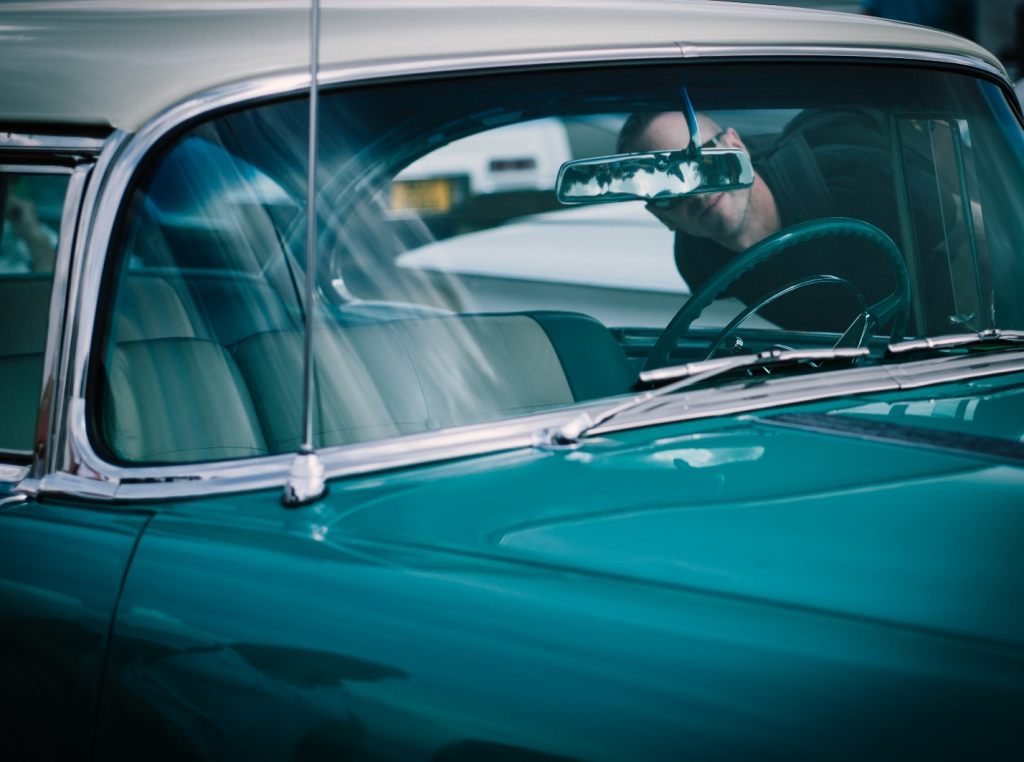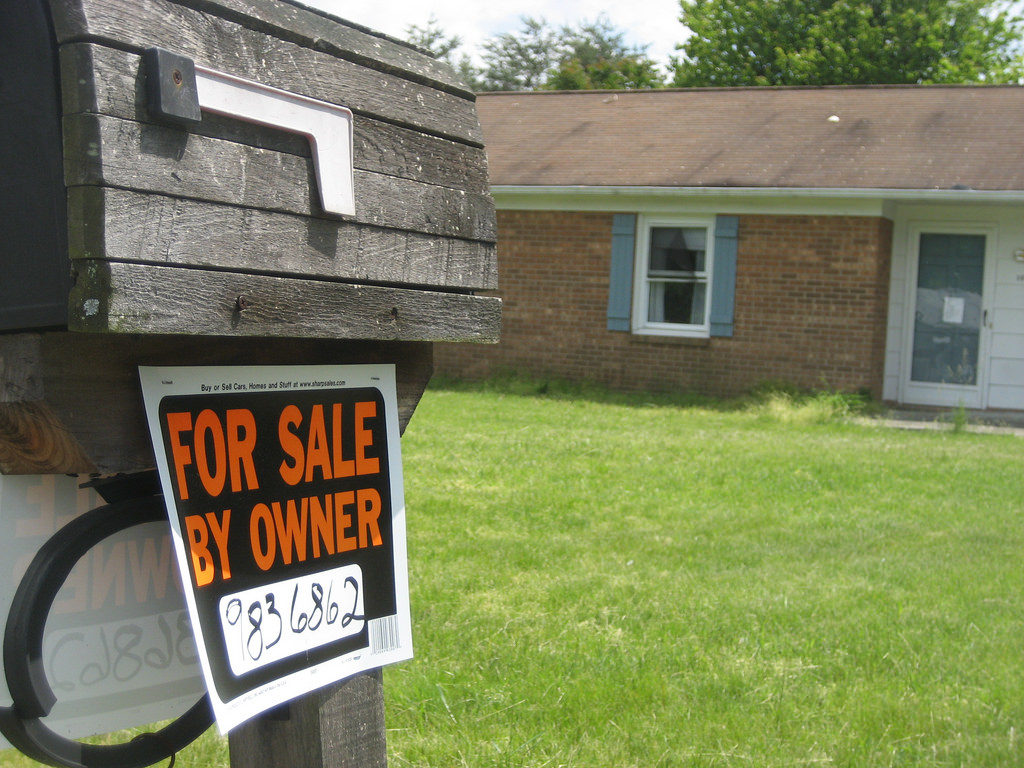Getting a new (or new to you) vehicle can be an exciting time in your life. Driving home a new car that has different bells and whistles than what you’ve become accustomed to is fun, and can be a cost savings, to boot. But when you’re trading in your old car, many issues can arise and the idea of going through the process can be downright daunting.
Read on and explore tips to consider to ensure your trade-in is satisfying and seamless.
- Presentation is Everything. Regardless of what your car offers, it’s always a good idea to spruce it up as much as possible before taking it to the dealer. Clean out any junk in the car, vacuum it out, wipe down the lights and mirrors, wash the car, wax it. Take a walk around the car to determine if it would appeal to you after you’ve given it a thorough cleaning and shine. Although there might be other issues with the car, if you try your best to make it look nice, the dealer will believe you’ve taken care of it all along.
- Ditch the Dings. If the car has less than 50,000 miles, you’ll want to make it look as close to new as you possibly can. This includes fixing any dings. Cars that have over 50,000 miles generally go straight to auction, so fixing the dings would be a wasted effort.
- Check your Insurance Policy. Insuring a new car on your policy may have an effect on the cost of the policy. Recent safety and technology options may give you a break on your premiums, if your new vehicle is equipped with such. However, there are other ways to save and some car insurance providers are known for cheap insurance policies as well as great service. Therefore, it is important that you gather car insurance quotes to find the best coverage for you at the cheapest prices.
- Remember the 10% Rule. The bottom line is, you don’t want to put more than 10% into a car than it’s worth. You wouldn’t spend $750 on new tires for a car that’s worth only $2500. If you can make some reasonable fixes without pouring money into the car, then do it.
- Gather your Documentation. Hopefully, you’ve been saving your car receipts for all the work you’ve had done on it, in one file. This makes it easy to show the dealer when you had belts replaced, regular maintenance such as coolant flushes and oil changes, any replacements or engine work, etc. It’s more proof that you took care of the car, which is an important piece of information for the dealer to know.
- Find out How Much You Owe. If you don’t own your car free and clear, you’ll want to know exactly how much is owed on it. You are still able to trade in your car, even with an outstanding loan, but it’s best to know the comparison between its trade in value and how much you owe before you move forward with the process.
- Think Competitively. Unless the first offer on your car is one that exceeds your expectations, don’t take it. It’s likely to be low, and with some research, you can easily discover the best price for your particular make, model, and year of your vehicle. Check out as many websites as possible that have similar vehicles to yours for sale, as well as ecommerce sites to be aware of your car’s auction price. Print out the best price you can find so you can present it for your counteroffer when a dealer offers you a lower price.
- Be Patient for Promotions. How much trade in value your car has depends on a number of factors. How likely the car is to sell, as well as the dealer’s current inventory are among them. Sometimes, dealers offer special promotions when their quotas aren’t met (usually at the end of the month). At that time, they are likely to offer you more if you are, in turn, willing to put that money into another car on their lot.
- Don’t be Afraid to Walk Away. If you simply aren’t getting the deal you want, get up from the table and walk away. Some people can be intimidated by the sales process, and it may be easy to find yourself in a position where you feel pressured to sign the paperwork, but remember, it’s completely up to you if the sale will happen or not.
Preparing your car to look its best, inside and out, and fixing the small things on your trade-in will help you get the best price. Arm yourself with competitive pricing and the best insurance coverage so you can feel satisfied with the price you get for your old car, as well as your brand new one.





